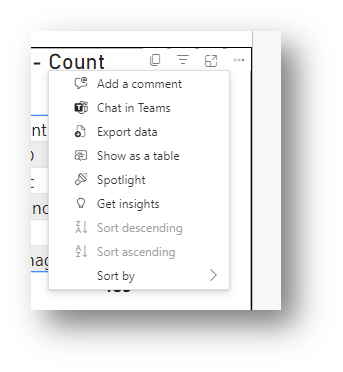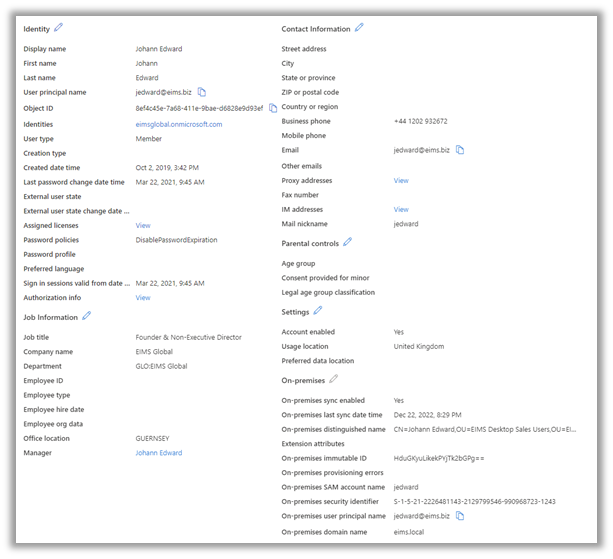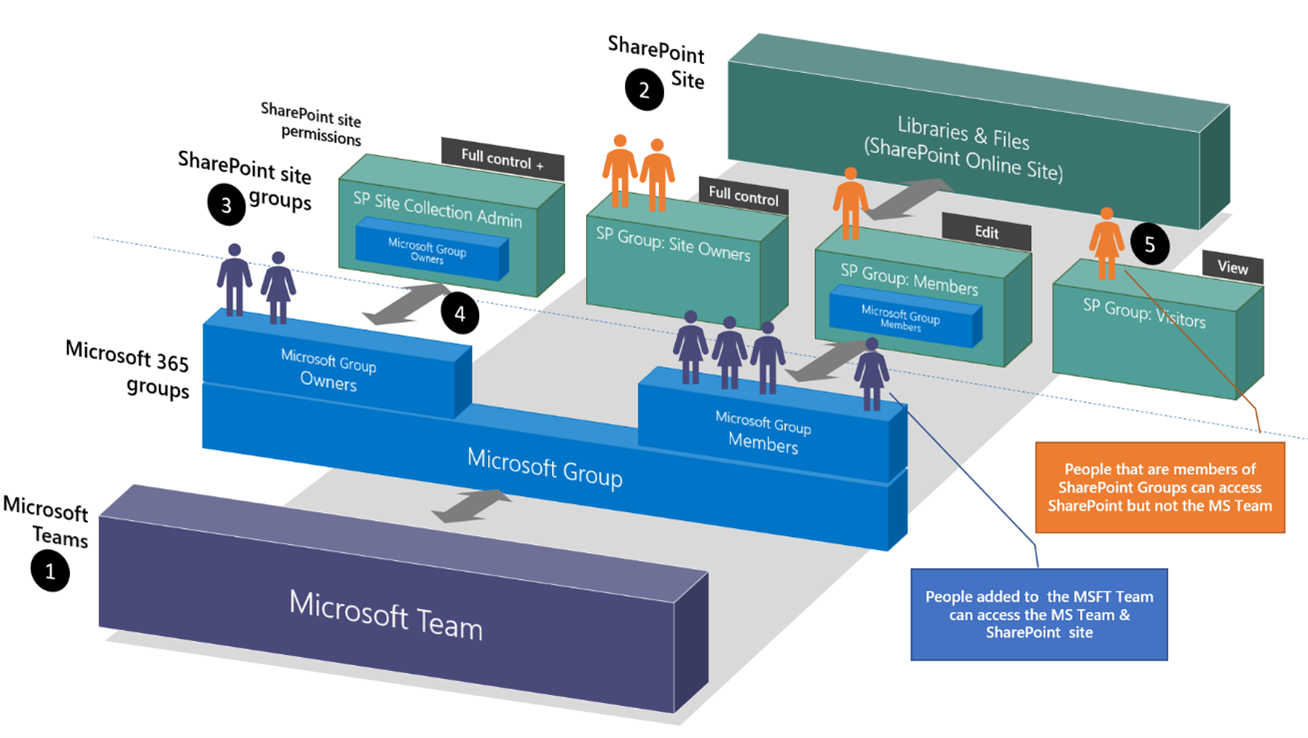Users

Purpose of page
This page presents the high-level numbers in a way that can be broken down by primary and secondary business unit and / or physical Location.
What am I looking at?
3.1 Business Unit
This is a 2 step filter, for Business unit and what appears to be payroll unit.
3.2 Location
As taken from the location field in their AAD account. Should be a recognisable physical location
3.3 Status -Count
Account status, disabled is counted if the user account has a licence applied, there are lots of user accounts with no licences we need to ignore.
3.4 Central Panel
A list of users, with limited information, filtered by the options on the left. Can be temporarily filtered by selecting options on the right. Right clicking any user in the list and selecting to drill through to detail will navigate to a page with a higher level of detail.
3.5 Security Group – Count
The main role security groups and the quantity of users in the central filtered list in those groups
3.6 Licences assigned
the list of licences assigned, with quantities, to the filtered central list.
What am I expected to do with it?
Functionality
Filters, on all report pages, the check boxes, drop downs etc effect all data on that page and the effects are cumulative, ie on the Users page, select a Business Unit and all the data on the page will reflect only that associated with that BU, select a Location and the rest of the data on the page is then filtered by the Selected BU AND the Location, note that when the Location is selected the BU list is also filtered to only show the BU’s with that location.
The Users data is pulled from Azure Active Directory which is in turn Synchronised from EIMS Local Active Directory. Within AD the Office field is used in this report for Location and the Department field is used to hold the BU information.
Users are displayed in this list if their accounts are enabled OR if their accounts are disabled and they still have licences assigned.














